Media | Articles
Project Valentino: My Lifetime Service Guarantee
Welcome to the latest installment of Project Valentino, a series dedicated to the decades-long story of senior editor Sajeev Mehta and the car that got him interested in cars: 1983 Lincoln Continental Valentino designer series. Join him as he works to restore the most complex of ’80s Ford products to its original glory—and then some.
Keep a car long enough, and you eventually end up working on the same fix twice. Or thrice. You know how to remove that remanufactured alternator with a lifetime warranty, because it left you stranded before. When the cycle repeats, some of those old memories resurface—some good, some not so good.
Cars have always been subject to planned obsolescence, to one degree or another. Unless someone really puts in the love, money, and effort, all vehicles succumb eventually to the unyielding gravitational force of the local scrap yard. For those of us Blue Oval folk who resist its pull, there is the Lifetime Service Guarantee: a program that garnered Ford some credibility as far as quality initiatives. It also turned me into a rabid collector of service receipts.
Which brings me to Project Valentino … and my receipt binder. Pictured above is my third such collection, as the pile never stops growing. To ensure I don’t buy duplicate parts during its restoration, I frequently dig through this extensive affair of paperwork. It’s all here, from the moment my parents took delivery of the Lincoln Continental Valentino to my most recent invoice at the restoration shop where it currently resides.
Much to my dismay, the couple of bumper pads and wood grain interiors bits I currently need aren’t referred to anywhere in the Valentino binder, which also means the parts aren’t in a bin somewhere in my attic. During the binder search, however, I found myself frequently encountering my old friend, the Lifetime Service Guarantee.
Marketplace
Buy and sell classics with confidence
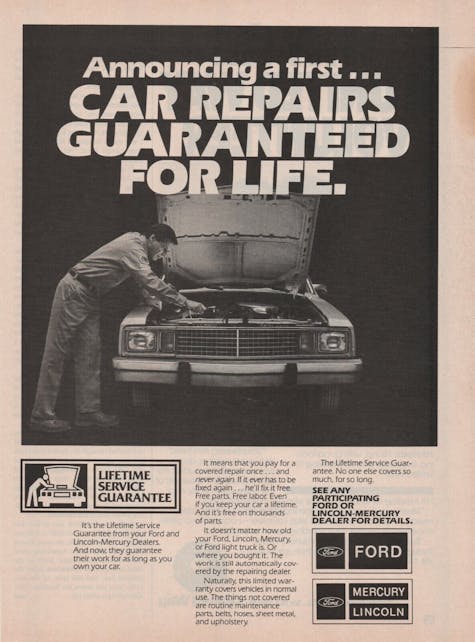
The Lifetime Service Guarantee (LSG) sprung to life in March of 1983, a mere six months before the Valentino rolled off FoMoCo’s assembly line in Wixom, Michigan. The program ensured owners pay only once for repairs, a benefit that applies for the length of ownership. The program covered both parts and labor, so you can see how the LSG was the icing on my car’s “cake.” That’s because Project Valentino is “baked” full of dead-end, Malaise-Era technology that no independent shop would dare to “decorate.” (Sajeev, I think your blood sugar is low. Pull your head out of that binder and eat a Caramello. –EW)
Take, for example, Ford’s third-generation (EEC-III) fuel injection system. A large chuck of its operation is designed around vacuum lines rather than electrical wires. This antiquated induction system was an area in which I could take advantage of the LSG; as a receipt dated July 7, 1989 documented the replacement of a (not vacuum-actuated) crank position sensor for a dead Valentino with only 53,400 miles on the odometer.
The aforementioned replacement failed just 31,000 miles later, and a new part filled its shoes in April 1993. While the LSG should have paid for it, it turns out that the onus is on the owner to inform the dealership of LSG’s applicability. My parents neither had the time nor the knowledge to get that sweet, sweet LSG reimbursement, but I sure did.
While I was looking for parts relevant to my 2022 restoration, I noticed documentation from April 1993 that suggests I called the dealership, directed them to said invoice from 1989 in their filing cabinets, and kindly asked for a refund. They actually honored it, too, as I vaguely remember visiting the dealer with my father to get the reimbursement in person. Doing so netted our family a cool $219 (which is more like $448 in today’s money). My parents were thrilled, though it now brings back memories of trying times in our lives. Back in the early 1990s, every dollar saved for the Mehtas truly meant something.
Double Flashback Alert! By October of 1991, the Valentino was sitting in the driveway as a spare car. We treated my mother to a Cadillac Fleetwood for her years of hard work as a the owner of a successful travel agency. Then we added another business that eventually soaked us in perpetual, nearly inescapable red ink. The problem had to be dealt with before the Caddy’s third birthday; owning a vehicle so expensive, costly to insure, and with a thirst for premium fuel was, admittedly, a bad move on our part. We sold as much of the failing business as we could at fire-sale pricing and dumped the Caddy—at a significant loss. It was a bitter pill to swallow, and I remember the taste whenever I see a Sedan DeVille or Fleetwood finished in that perfect white paint. And to this day my parents still ask about premium fuel requirements when they are car shopping!
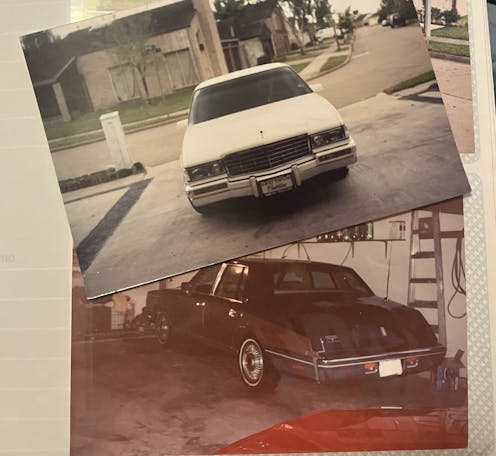
The Caddy-less household meant the Valentino could move back into its old spot in the garage, a second act that helped protect us from the financial sins of the recent past. But it wasn’t easy, and I not-so-fondly remember begging my parents to keep the Valentino. I always assumed it would be my first car, and the thought of losing that put me in a bit of a tailspin. My family didn’t understand my obsession, and to be honest, I didn’t quite understand my own self-imposed misery when I was supposed to be a fun-loving, flighty teenager living in middle-class suburbia.
In hindsight, most of this stress had more to do with school bullies. Logical and level-headed thinking was at that point a non-starter, when my lunch hour and extracurricular activities had that black cloud hanging over them. Only now do I see how the prospect of owning the Valentino was, for my high school self, a mental safe harbor. The school library was a more immediate one. It was my place of refuge, where I’d sketch some automotive escapism before the next class started.
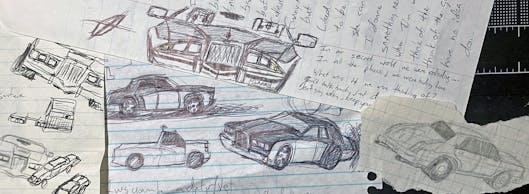
Cars, inanimate as they are, can be our saviors when the people around us don’t totally understand our problems. Thank goodness mental health is a higher societal priority these days.
My parents eventually relented, letting me/us keep the Valentino. At that point it wasn’t a financial burden (paid off years prior) and I was an employee of our travel agency (likely working harder than labor laws allowed). The agreement was conditional: The Valentino could not become a bottomless piggy bank for my parents. And with that, I promise, we’re getting back on track.
Ford unceremoniously ended the LSG program on January 1, 1992. The Valentino came out of retirement, needing nothing more than the aforementioned sensor, a new battery, two tires (anyone remember the Deluxe Classic LX?) oil, gas and weekly inspections (from yours truly) to safely transport my now Cadillac-free mother for over a year. Money saved when it was so desperately needed, as it were.
I’d like to think the Valentino earned its keep during this time, but I know my feelings for this car make me an unreliable narrator where it’s concerned.
These days it’s my car, my problems, and my light to chase at the end of the tunnel. Thanks to my checkbook the talented restoration shop in my employ, Project Valentino now has fully functioning doors/windows, an engine that runs on the factory ignition switch, a sealed fuel system, properly secured EEC-IV computer, and a dashboard modified to hold the standalone 4R70W transmission controller. A large number of NOS or reconditioned exterior trim items are installed, but Project Valentino still proves the point about a lifetime of guaranteed service.
No restoration shop can rebuild a Continental Valentino without an owner willing to drop everything, run to the junkyard, and grab a part to keep the project moving along. Most recently it was a hood latch. You gotta see the forest for the trees, right?
The junkyard in question doesn’t list the Valentino’s two-door sistership (Lincoln Mark VII) in its website’s Lincoln inventory, but by searching for “Lincoln Mark VII,” a tan 1988 model popped up. Perfect, I thought. Until I walked up to the machine and realized it had Midwestern rot to its core. I grabbed the rusty hood latch but walked around in case another Ford on the lot shared the same latch. Ford Tempo? Nope. Modern Panther Chassis and SN-95 Mustangs? No, and not really.
I found at the yard an undocumented (so to speak) black 1991 Mark VII LSC Special Edition, as well—now the third time I’ve pulled parts from the damn thing. Nothing is easy with this car, even with the answer always right under my nose.
Old cars take you back, both to the good and the bad.

Just walking up to the still-unfinished Project Valentino makes me giddy like a teenager. It’s the same joy I felt when driving it to Homecoming dances, when loading its bustle-trunked posterior full of drums for musical explorations both on and off campus. And seeing most of the exterior bits recently installed gave me a joy not unlike that moment when I secured the Valentino as my very own.
Ford’s Lifetime Service Guarantee is both dead and non-transferrable, but in a way, Ford passed the torch to me. The warranty is still good for any work completed before it expired, which could be of use if I one day decided to reverse all my modifications. Highly unlikely, but interesting to consider with all the money spent at the dealership in the Valentino’s heyday.
So here I stand, with a “Quality is Job 1” mandate that I intend to uphold. I am the customer, the technician, the caretaker. I can guarantee for a lifetime that even when I hate Project Valentino, I’ll still love it.


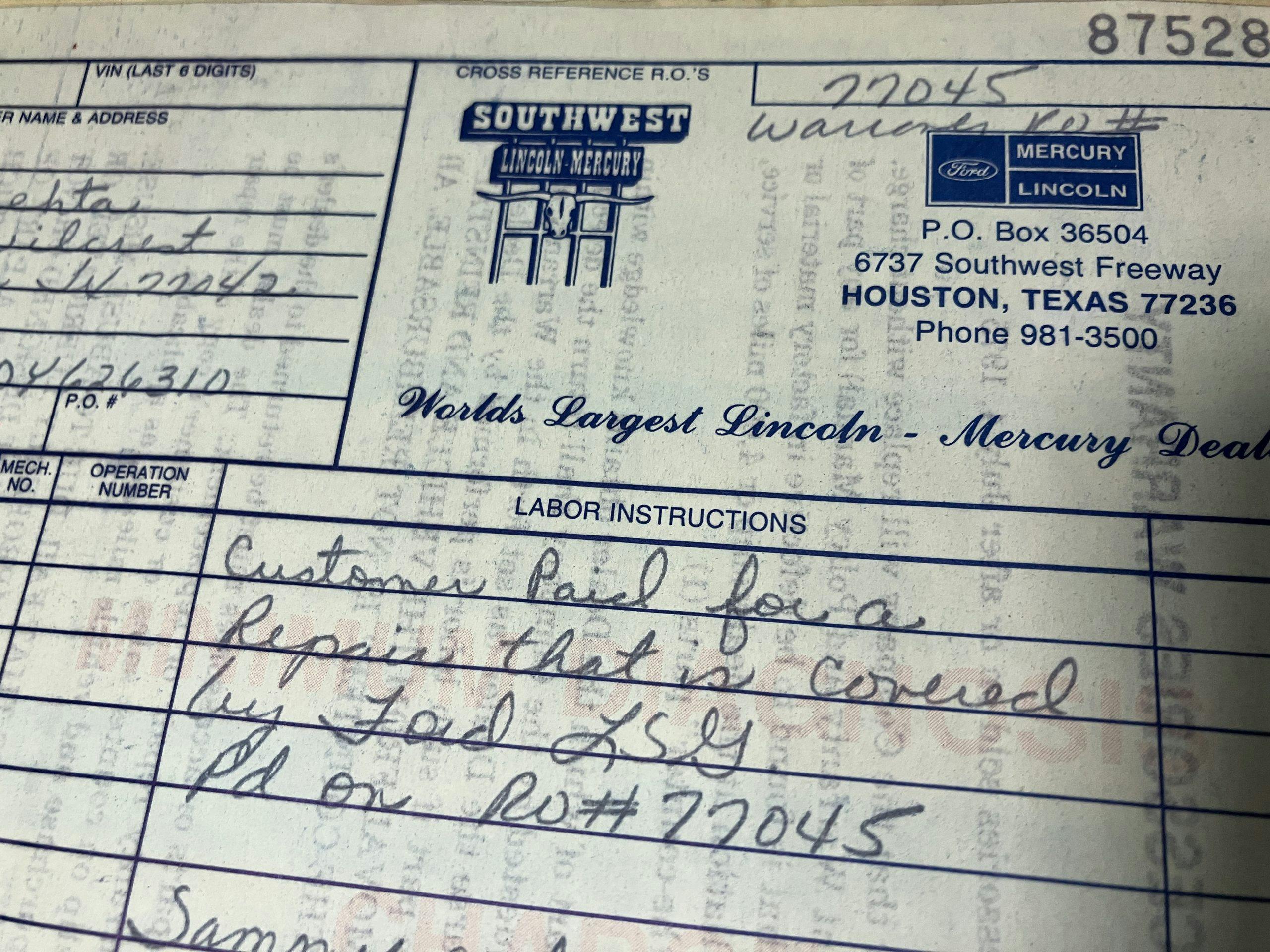
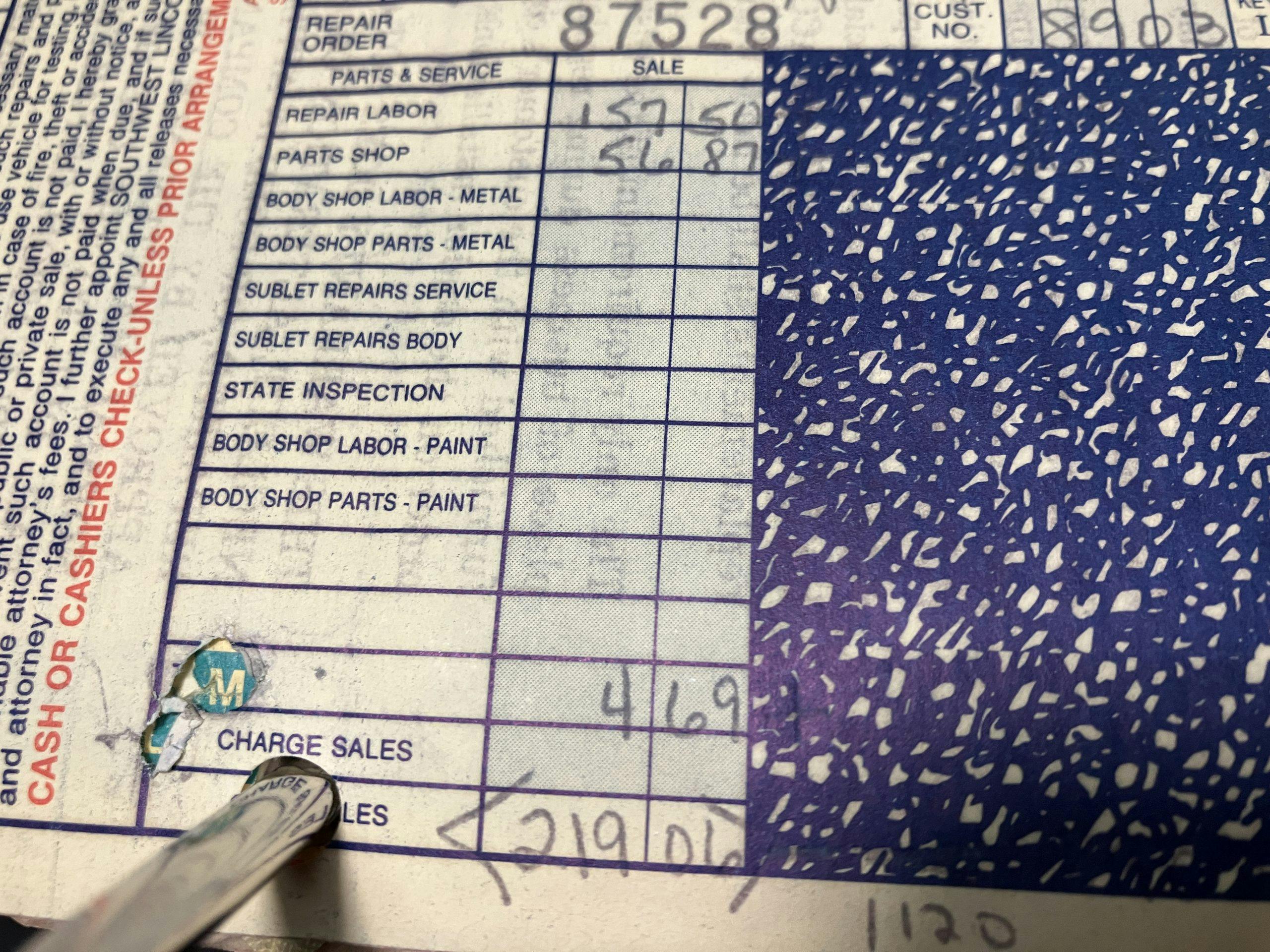


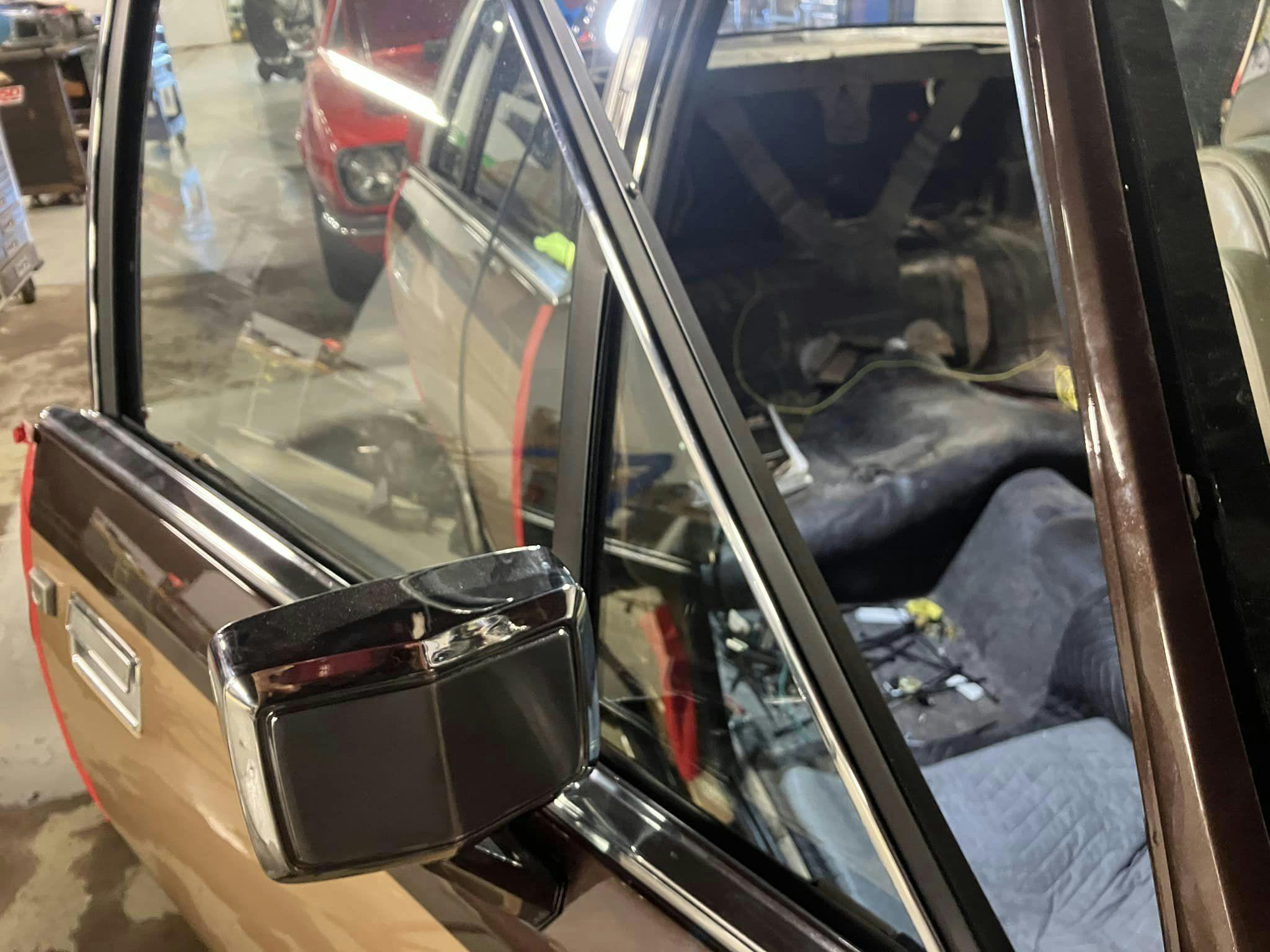
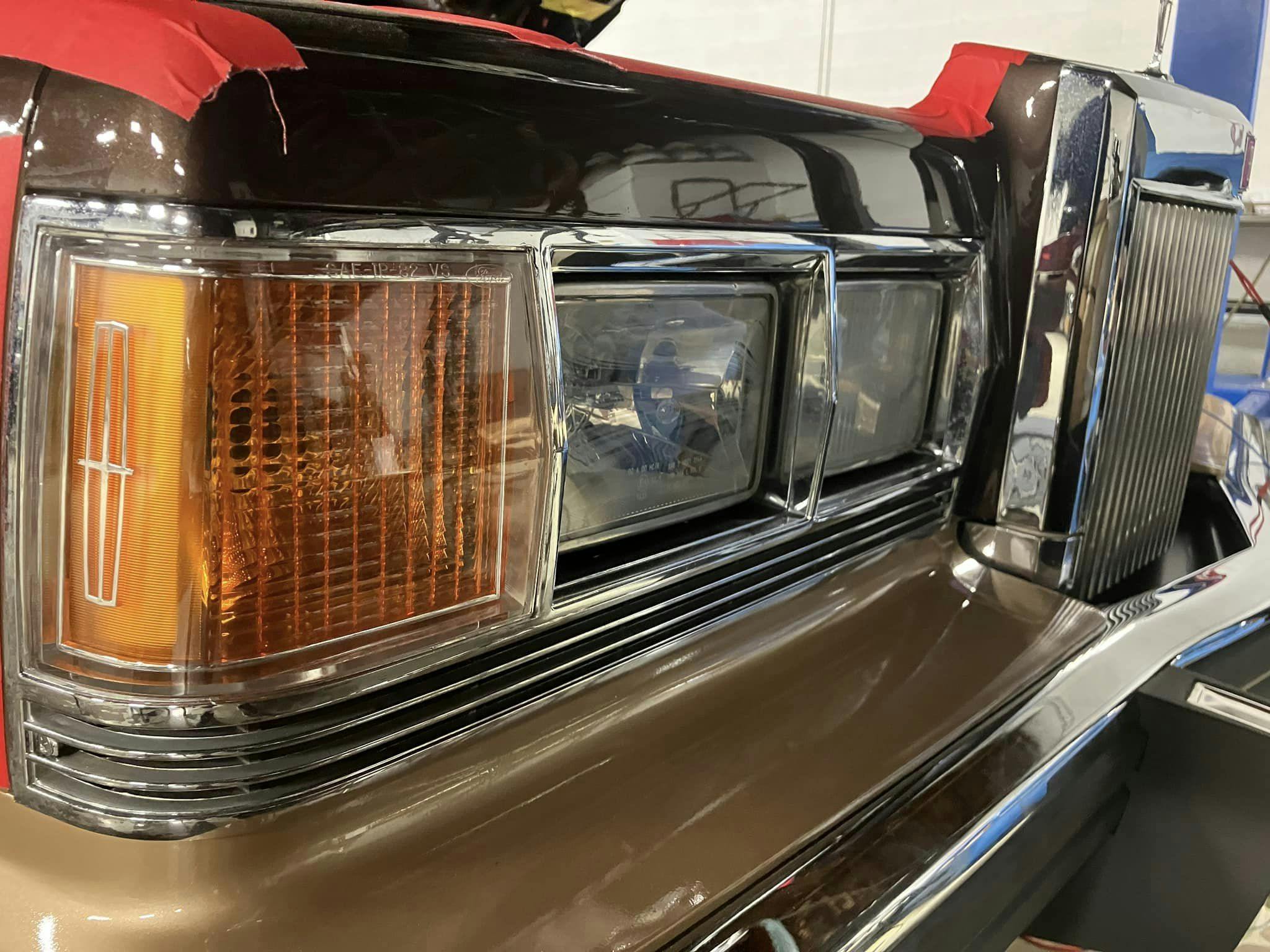
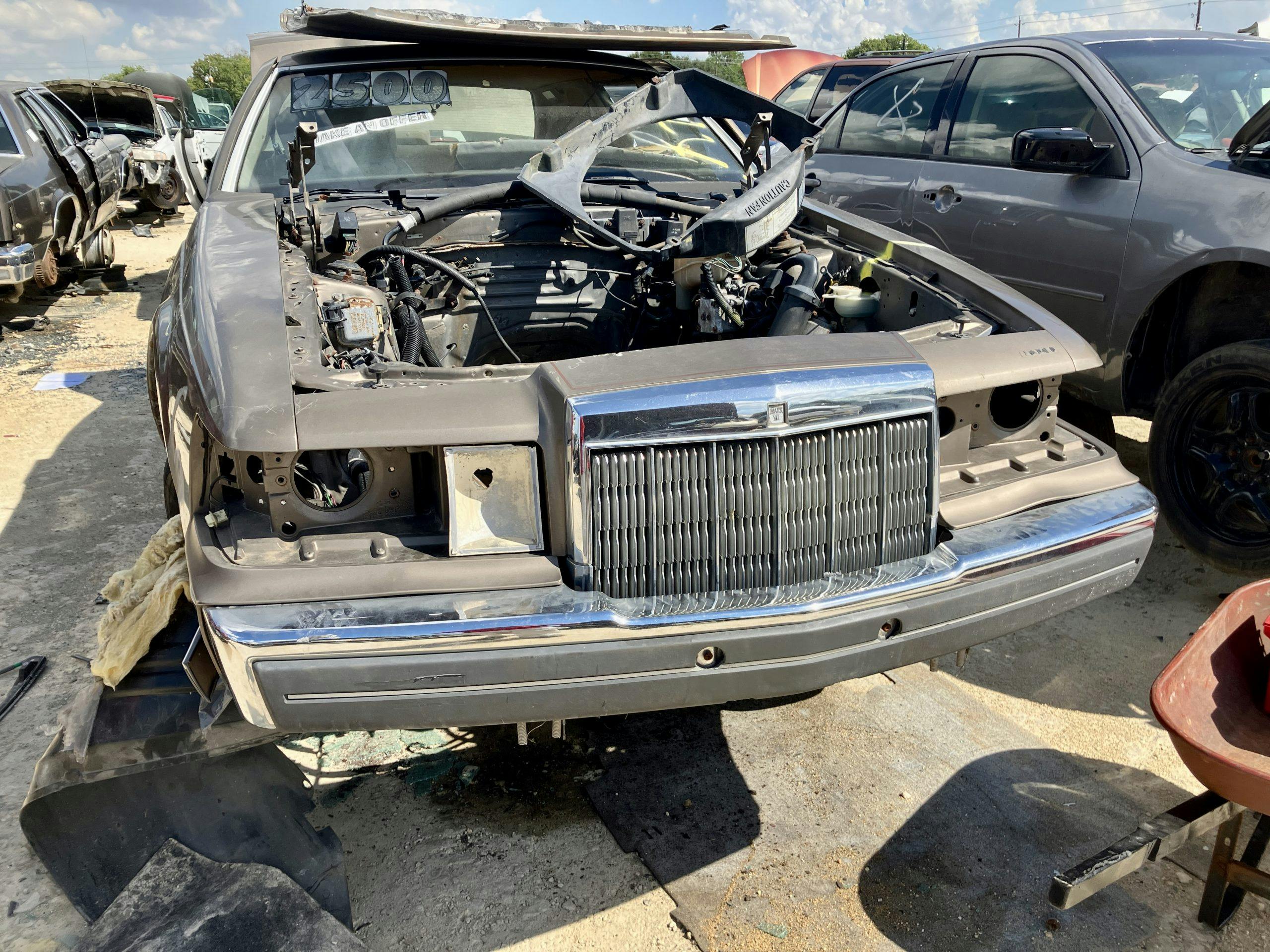
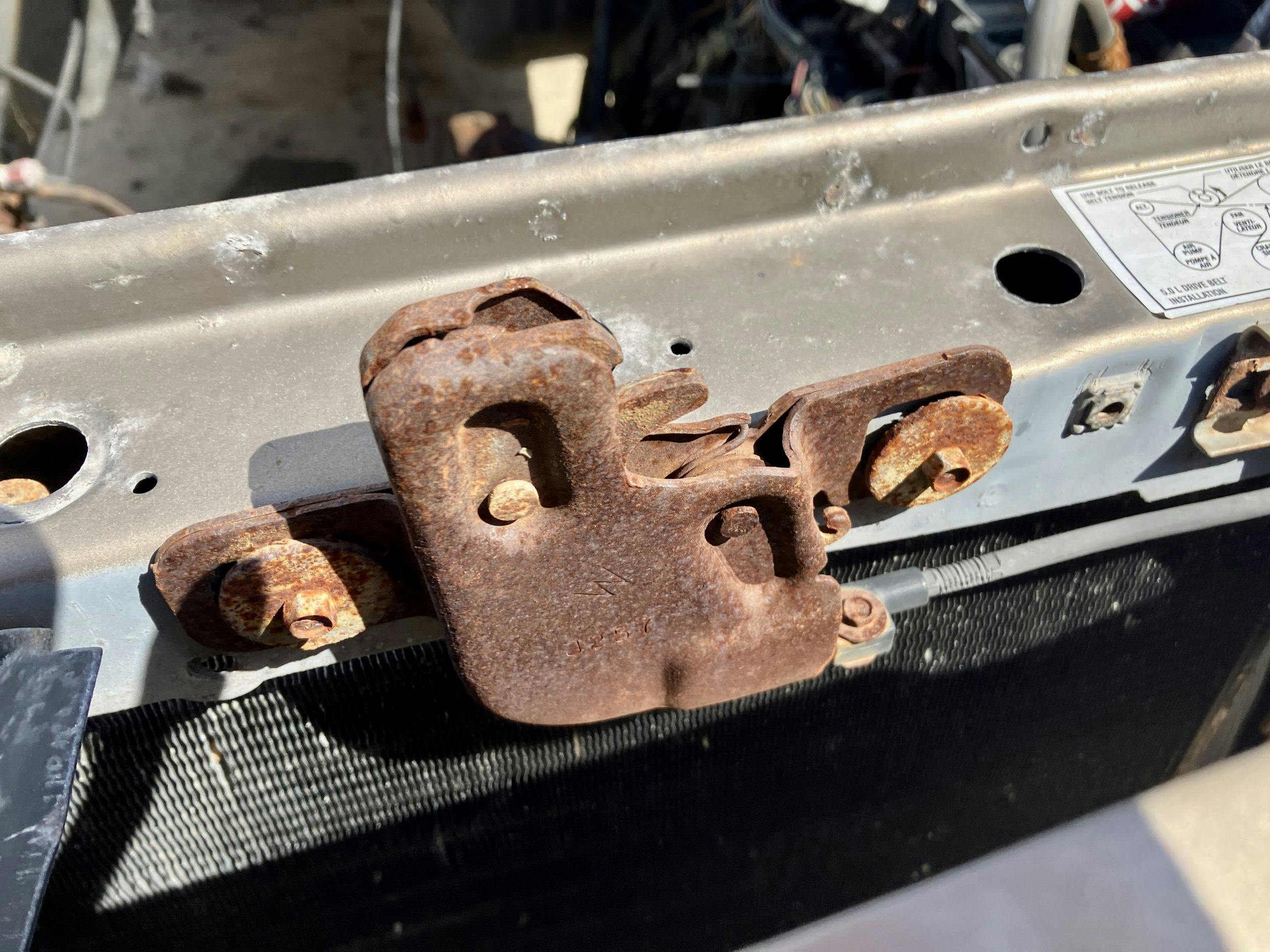
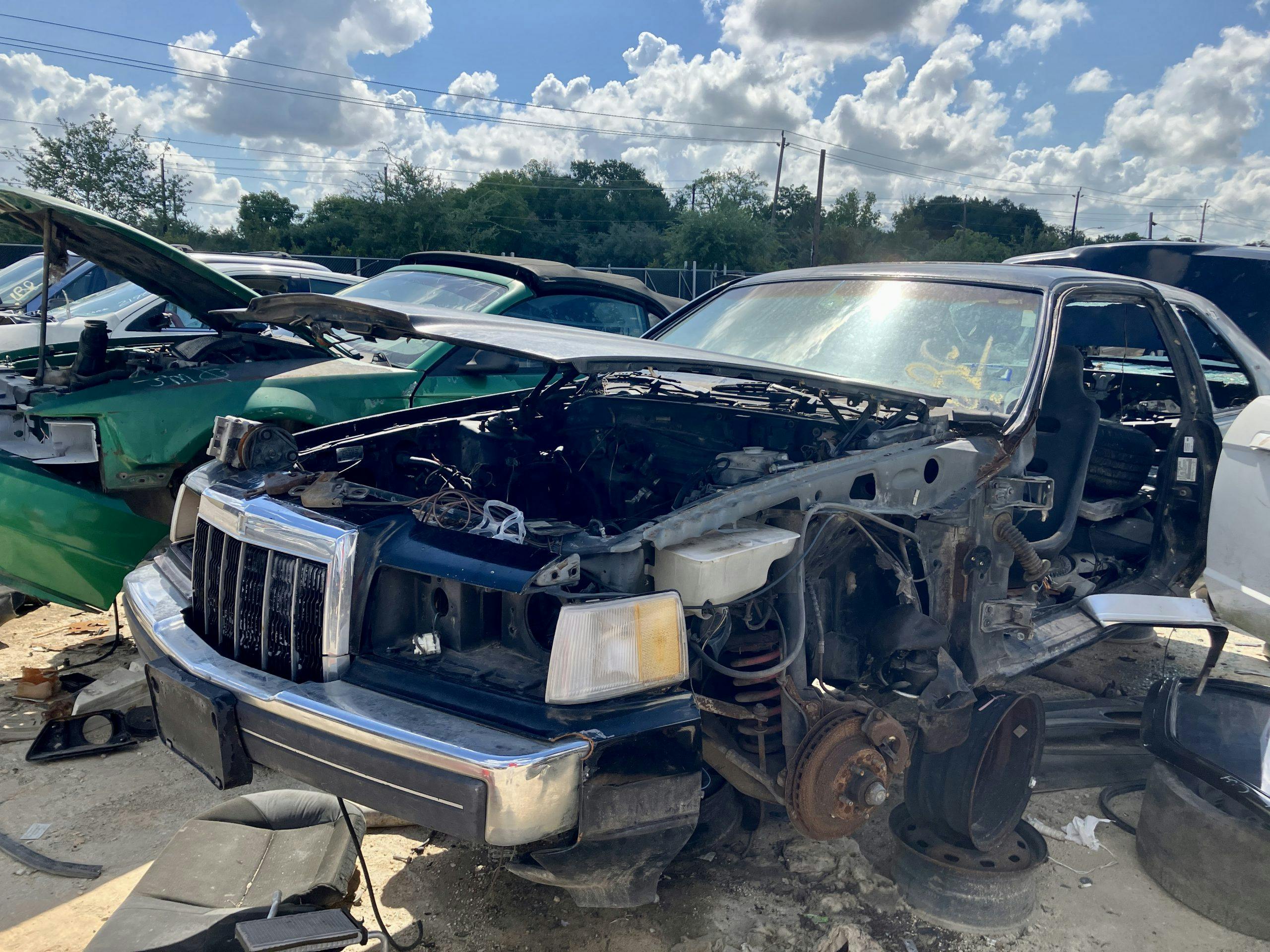

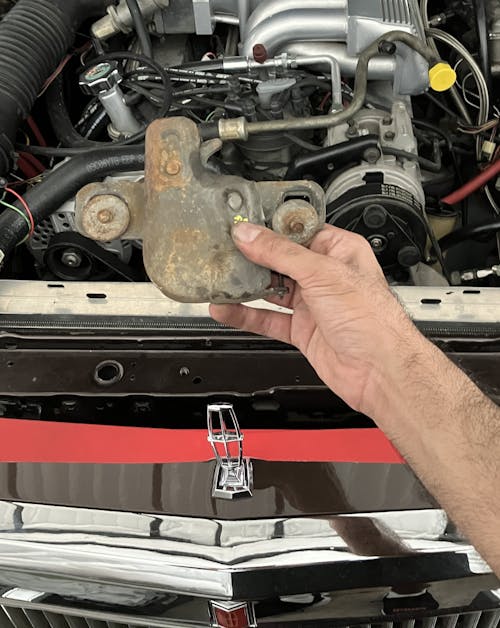


















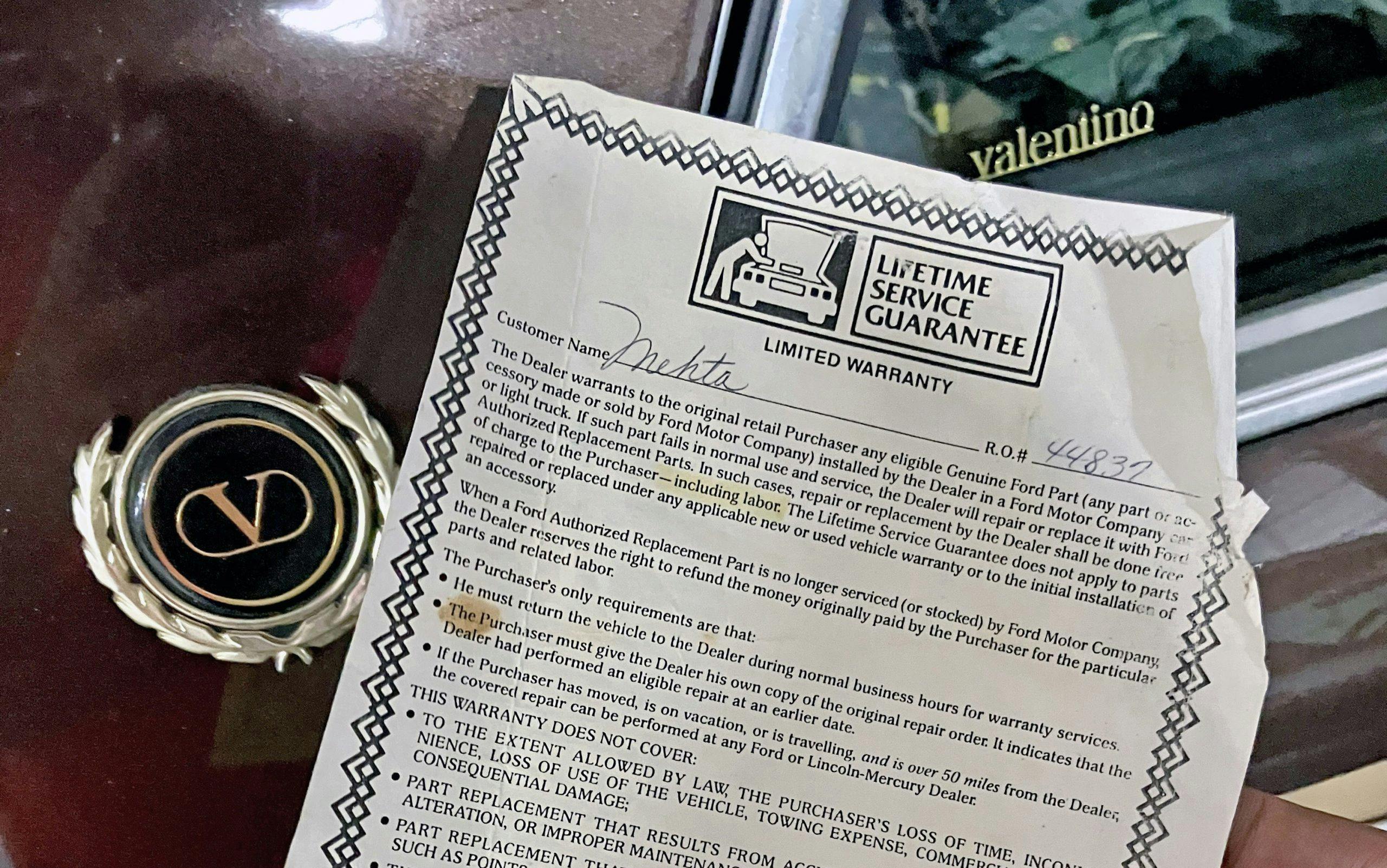
So does the LSG still work if a repair was needed today or did that end?
Yup, as long as the repair happened before the 1992 cutoff and you were the owner back then, you can get it repaired again for free!
Many things are cool about this car. The story of one family ownership being one of the most.